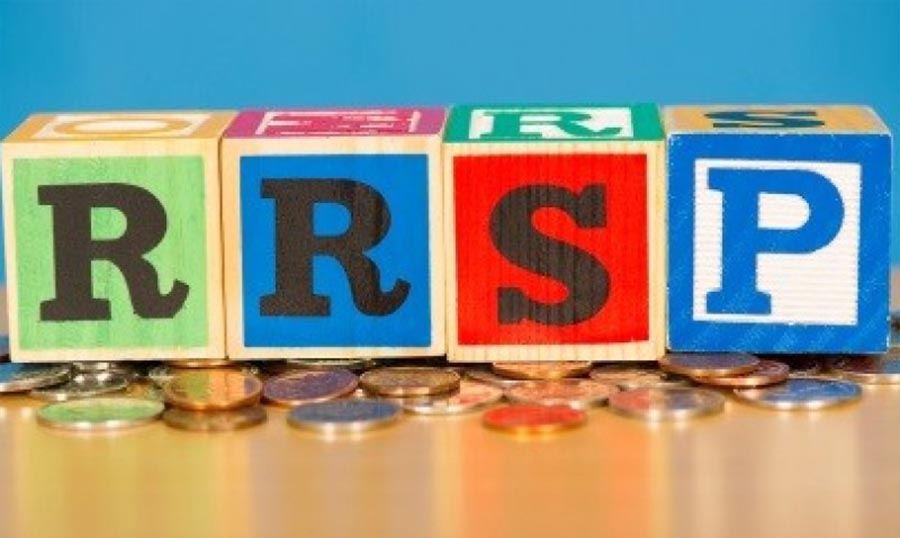Come Income Tax time, everyone hears a ton of catchphrases and things to remember. Most of the time it’s just nothing more than a lot of big words that don’t make a lot of sense to anyone. But, when it comes to saving for retirement and getting a tax break at the same time, RRSPs are a surefire bet! Here’s some major points about the RRSP and its benefit for working Canadians.
What is an RRSP?
So, what is it exactly? A registered retirement savings plan (RRSP) is an account designed to help Canadians save for retirement. The money in an RRSP can be used to buy a whole host of investments—mutual funds, ETFs, stocks, bonds, and the like. While the investments are held in your RRSP, you won’t have to pay tax on any interest, dividends, or capital gains you earn. This makes the decision to open a RRSP. The RRSP was introduced in 1957 to enable Canadians to have some other form of financial support other than the $40-per month Old Age Security. Pension plans at this time were the province of large companies and the Canada Pension Plan (CPP) was not to come into being until 1966.
Who can open an RRSP?
If you have an earned income, (that is if you have money coming in from a job you work at, or a service you provide), a social insurance number (SIN) and filed a tax return, then you can open an RRSP and begin your contributions. In fact, you can continue to make contributions up until December 31st of the year you turn 71. After this age if you continue to have earned income, you can contribute to a Spousal RRSP up until December 31st of the year your spouse turns 71. If not, then you must transfer your savings/investments to another type of account. One option is transferring your funds to a Registered Retirement Income Fund (RRIF) from which you must draw a minimum percentage annually. Another option is to transfer your funds -- without tax liability -- to an annuity which will provide a guaranteed income stream.
How much can you contribute to an RRSP?
The limit for 2018 is 18 per cent of what you earned in 2017 up to a maximum $26,500. Mind you, if you are contributing also to a registered pension plan with employment income, this will reduce the amount of your RRSP “contribution room.” The T4 information slip provided by your employer in this case will have the pension adjustment or “PA” amount, and it is this figure that will be deducted from your RRSP contribution room.
Can you over-contribute to an RRSP?
Yes, you can. You can contribute $2,000 more than your allowable limit, but hold on! For each month you’re in excess of that, your over-contributed amount will be hit by a one-per cent penalty tax.
What’s the deadline in contributing to an RRSP?
Contributions are accepted throughout the course of the year, as deductions against income, and for an additional 60 days following the close of the tax year. For the 2018 tax year, contributions must be received by March 1st 2019.
What’s a spousal RRSP?
It’s an RRSP that you open yourself in order to pay yourself an income at maturity, but that your spouse or common-law partner also contributes to, so allowing a couple to form a retirement fund for both partners. A spousal RRSP is one way a couple can “income-split” to reduce the family’s overall tax bill, if one partner has a significantly higher income than the other, by shifting income to the partner in a lower tax bracket.
What do you put into an RRSP?
An RRSP can hold savings but more commonly is used for holding investments. They can then grow in a tax-protected setting until such time as their owner wishes to draw upon them in retirement, by which time the expectation is that the owner’s tax bracket will be considerably lower than when they were employed.
How easy is it to withdraw money from an RRSP?
You can withdraw at any time but if you do the Canada Revenue Agency (CRA) will add the amount to your taxable income for the year. In fact, the CRA requires that financial institutions impose a withholding tax on any monies taken out of an RRSP at the time of withdrawal.
What happens to my RRSP should I pass away?
In the unfortunate event of your decease, the assets within your RRSP will pass to the beneficiary or beneficiaries you were asked to name when you opened the account. If your beneficiary is your spouse, as in the majority of cases, then your assets will pass to them tax-free. If they are not your spouse, then the CRA will look upon these assets as taxable income, and on receiving them, your beneficiary(ies) will be taxed at your marginal tax rate.







